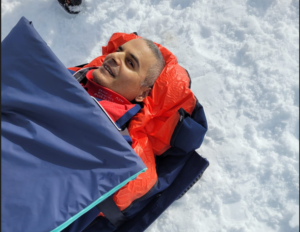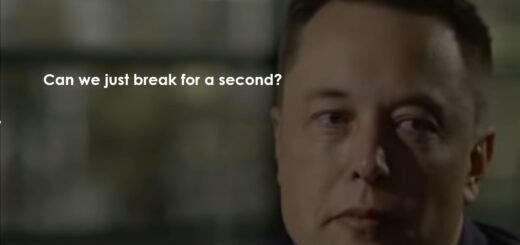The importance of having titanium-grade support

Last month as I was skiing with my kids in the French Alps, I fell and broke my collarbone. It was a shocking experience (yes, sigh…pun intended).
As a volunteer paramedic, I spent many a day rescuing others from difficult situations, and on the snow, I am that person who stops to help anyone who falls. Yet suddenly I found myself on the side of the injured.
As I was whisked off to the hospital the X-ray results were conclusive: I would need to be operated on and have a titanium-grade support plate installed before I could begin to heal. Although this was by no means a fun experience, it did bring its share of learnings.
Here are six lessons I learned from needing titanium-grade support:
- Mending broken bones – As coaches, I often find that people come to us in need of mending broken bones. Their past constructs and structures are disrupted, broken, or can no longer support them, and they need us to temporarily be their titanium-grade support plates until they are strong enough to heal and rebuild a stronger, more adaptive frame that could be used without further support.
- We need our own support plates – As managers, coaches, helpers, and caregivers we tend to forget—to use Sting’s words— “how fragile we are.” We focus on others but do not make sure we create our own support systems. In my Resilience workshops, I call this process “Connecting with your help button” – because in times of stress, difficulty, and need we all need a help button.
- Modeling vulnerability – A few days after the accident I was scheduled to give a week-long workshop, and although I had 3-month’s medical leave from the doctor and was still on painkillers I decided to go ahead with the plan. While I always connect very quickly with the groups I work with, I felt that this time, by physically modeling vulnerability (after all, I was wearing a huge black sling and could not move my arm), the connection was quicker and more intense, and the group discussions very quickly shifted from ski accidents, to other physical pain, to deeper emotional difficulties and pain.
- Loving what is – It is true we don’t really appreciate what we have until it’s gone. I for one did not feel that putting on a T-shirt is a big deal until I realized that it is. But I have also learned of plasticity and adaptability–how quickly we can adapt to new situations and learn new tricks—and how, if we remain open, when one door closes a multitude of other doors suddenly appear.
- What is success for you? – For many years now I have been helping people reconnect with the best version of themselves, and as such, I have learned that I am at my best when things get difficult—when things go south, something in me simply wakes up. That day when I crashed on the slope and saw the worry on my kids’ faces, instead of focusing on the pain and discomfort of the moment or the worries of future medical consequences, I chose to focus on making them laugh. In fact, when they now recount this story from their own perspective, it seems that for them it was not a traumatic event, but one which was filled with moments of empowerment and humor. For me this is a reminder that while we don’t have full control over our life’s circumstances, we do have control over how we react to them, and how we can choose to make any apparent story of failure or difficulty into a story of success.
- Appreciating the simple miracles of life – As days turned into weeks, I began to see how my arm and shoulder got stronger with each passing day. How the range of motion gradually increased, how the pain subsided, and how, without any active intervention on my part, little by little, the bone begun to reform and remend itself. These simple miracles of life are so often inappreciable to us. They continually go unnoticed unless we fall flat on our faces and are made to slow down and observe, wonderstruck, at the simplicity and beauty of it all.
What are your learnings from those difficult or traumatic moments in life? And what is it that helps you move from post-trauma to awe, inspiration, and post- traumatic growth?

Photo credit: My son, taking a picture of me as I was joking on the ice – making sure my kids laugh a bit and don’t get too stressed out, as we waited for the paramedics.







